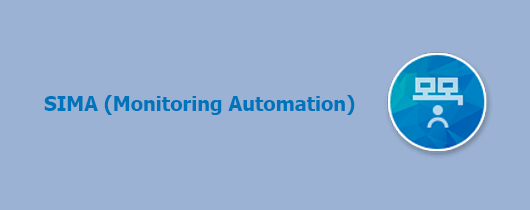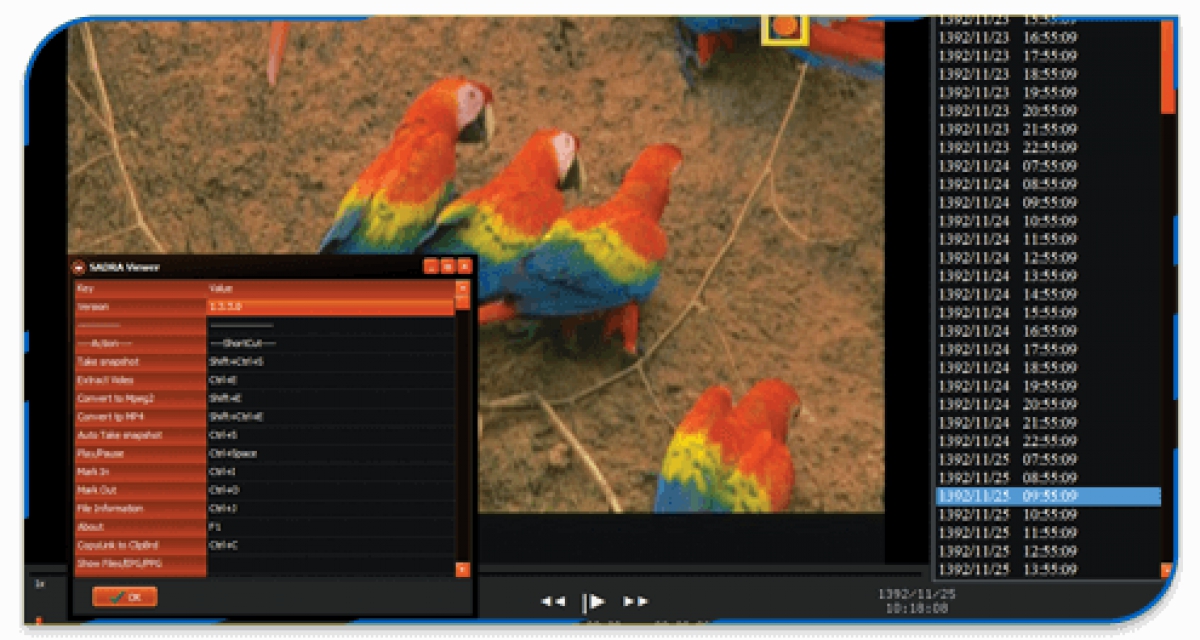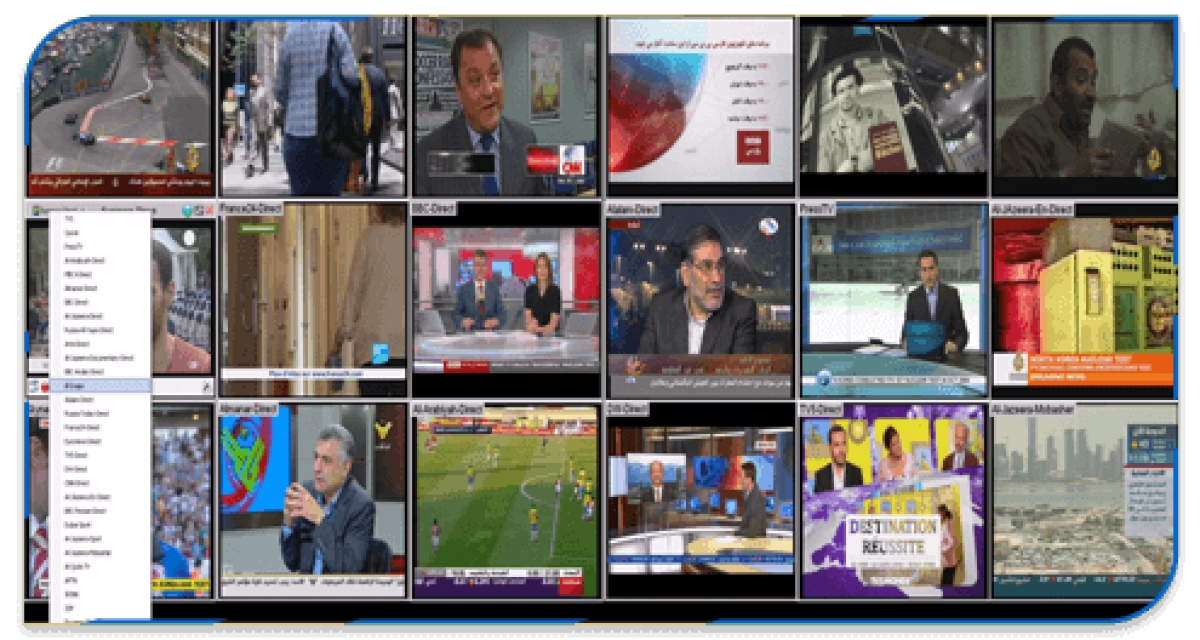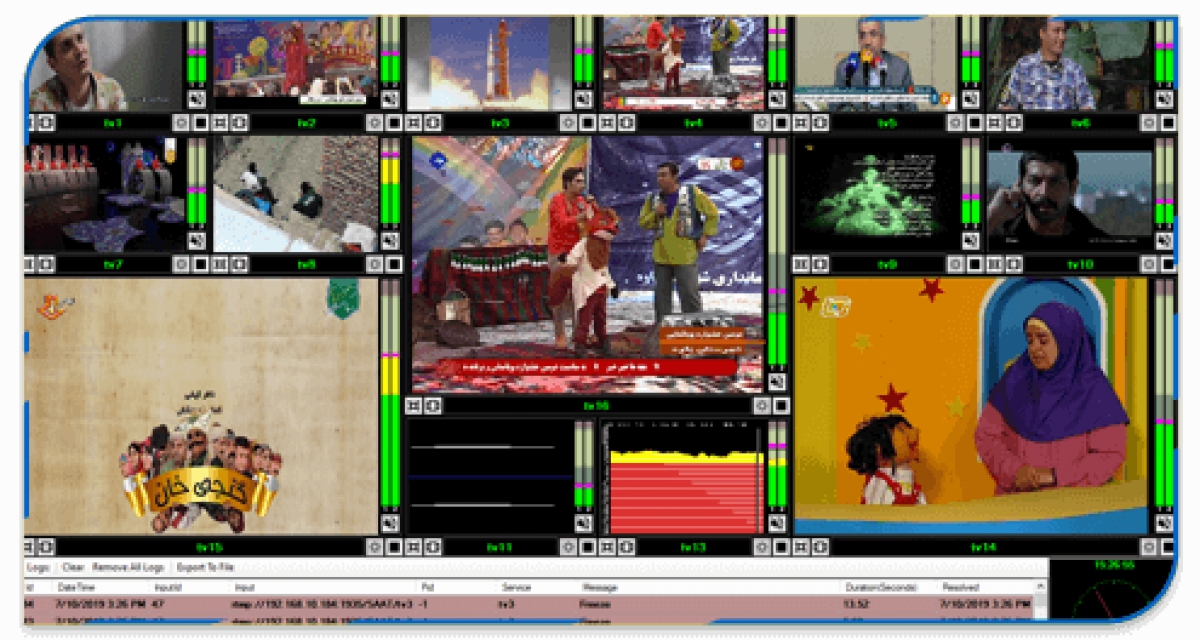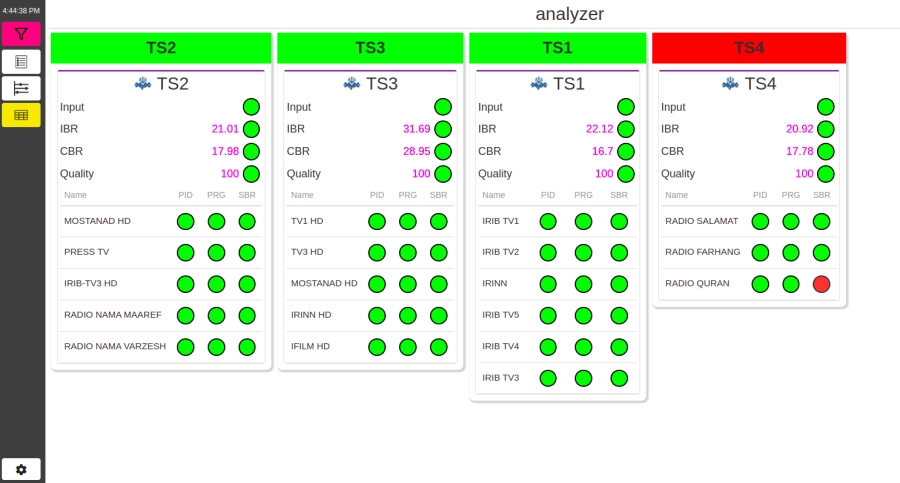SIMA (Monitoring Automation)
IP-Media Solutions Monitoring The traditional method for monitoring a TV channel is using a receiver device per each TV channel that uses cabling and a VTR device and records TV programs on tapes to be reviewed by users, later. This method for recording and reviewing TV channels can be used for analog broadcast, which nowadays is not economical considering its high costs and also the transition of the technology from analog to digital. Recently, most satellite and even terrestrial TV and Radio channels have started to use digital broadcasting technology seeking better quality in both broadcasting and receiving. It also offers the capability of sending and storing several channels alongside and at the same time. In digital broadcasting, each frequency contains a bunch of TV/Radio channels. And an ordinary low-priced computer, which can be found in any big or small organization, office, or house, can be used to receive, store, monitor, and review programs. Storage devices with big capacity, in particular, are getting bigger and better year by year. With their various usages, they have made a big evolution in data storing and archiving. Computers and hardware (cards) are being used for monitoring purposes, receiving, and capturing digital TV and Radio programs. Then, the applications help to keep and manage data in computer storages, and computer networks are used to transfer and stream the TV/Radio programs and review them. In this method of monitoring, there is no place for devices like tapes, tape drivers, and TV screens. Recorder The recorder system consists of a computer set with several cards for receiving digital signals of terrestrial and satellite antennas. This receives the signals of TV/Radio channels, records them, saves them in central storage as needed, and responds to users’ requests for accessing the records in their personal/client computers, based on their pre-defined accesses. Thus, users can access and watch TV programs on their PCs with no need for TV sets. Video Wall Users watch programs on their PCs and record them if they need. For watching several TV channels on a computer, a proper arrange in an adequate size can be used. Wide, extra-large, wall-mounted screens can provide a great video wall. In this way, without using any specific hardware and just using the software application, it offers several channels displayed on a single monitor. Archive It saves and keeps the recorded resources in central computer storage and manages and categorizes them to provide fast access to this archive. The monitoring system can cooperate with the archive system and automatically push the input resources into the archive. The rest of archiving steps like information entry, categorizing, and data management are done through the archive system. Usage The users of this monitoring system use a single computer set to view TV/Radio programs, or even receive and monitor several channels, live and simultaneously. Also, access to the recorded programs and archiving them is available by a low-cost but efficient archive system.